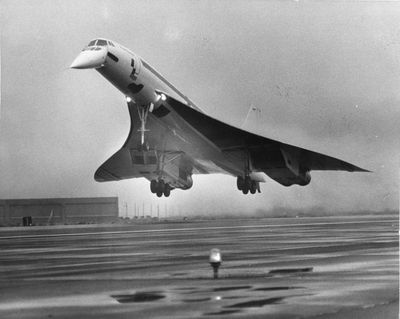Supersonic passenger planes may begin test flights in 2017

The time it takes to fly from New York to London may be cut by more than half if Virgin Group founder Richard Branson and a Denver startup create a new supersonic passenger plane as they plan.
The manufacturing team for Branson’s Virgin Galactic company is working with Boom Supersonic to test a prototype next year of a passenger plane that could fly at more than twice the speed of a typical commercial jet.
Supersonic passenger flights stopped after the July 25, 2000, crash of an Air France Concorde outside Paris that killed 113 people, and the downturn in the aviation industry after the Sept. 11, 2001, terrorist attacks.
Blake Scholl, chief executive of Boom, said safety concerns were not the reason the Concorde jets were grounded. He said the planes were too expensive to operate.
“Today, we are sitting on 50 years of progress on aerodynamics, fuel economy, design,” he said.
Instead of spending seven hours and paying up to $5,500 for a flight from New York to London on a Boeing 747, travelers can spend about $2,500 for a three-hour flight to cross the Atlantic on a supersonic jet, according to Boom.
“Supersonic travel for both cargo and humans will result in many exciting benefits,” Branson said in a video statement. Under the partnership, Branson is expected to fly the Boom jets in his Virgin Atlantic and Virgin Australia airlines.
The idea has the support of the travel industry.
A survey of more than 2,000 travel boards and tourism industry groups taken last month found that 63 percent of senior travel executives expect supersonic flying to become a mainstream form of commercial transportation.